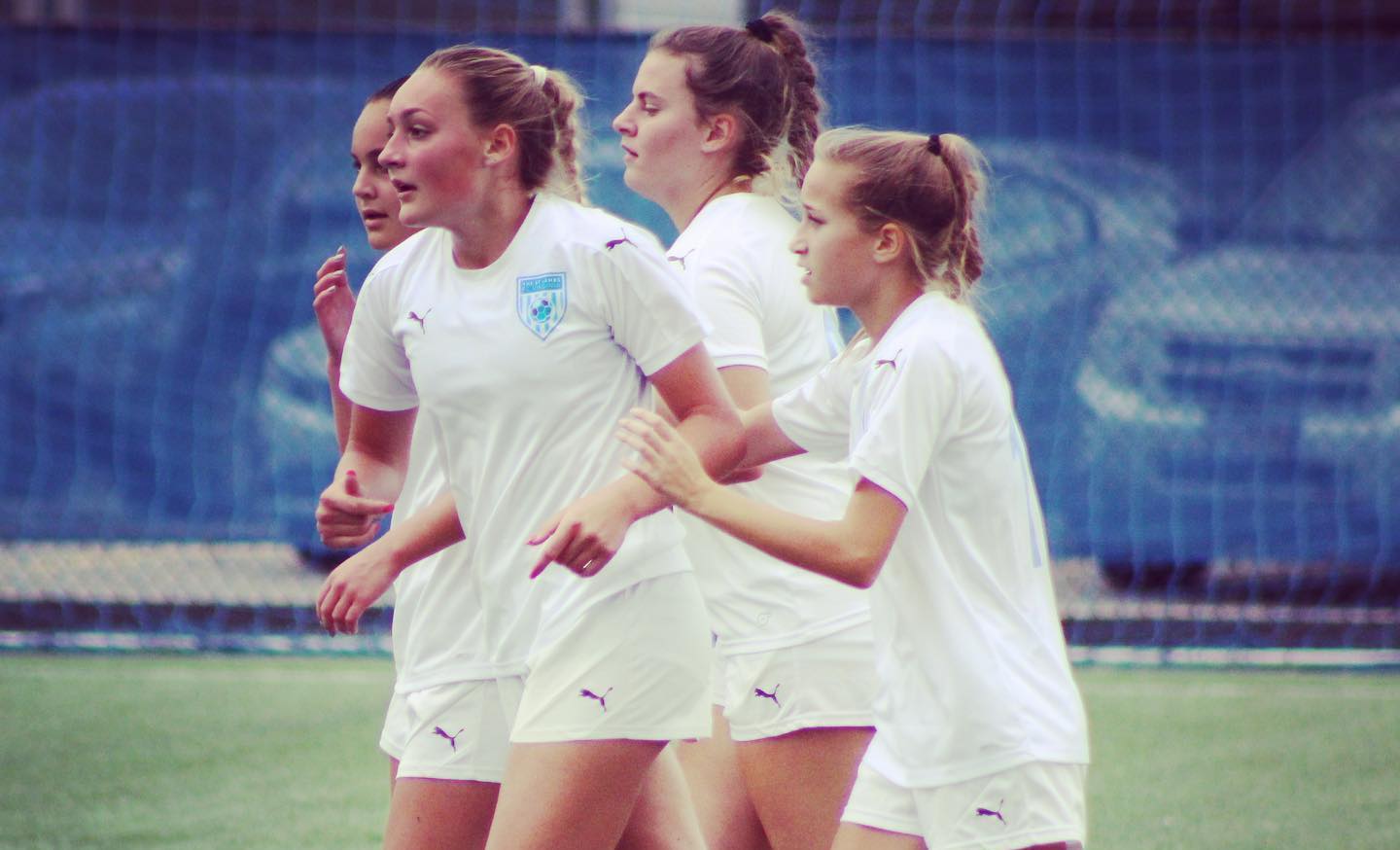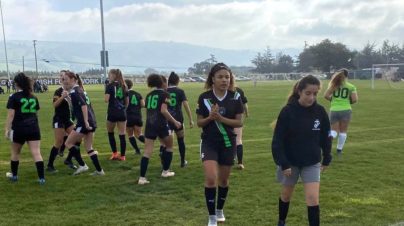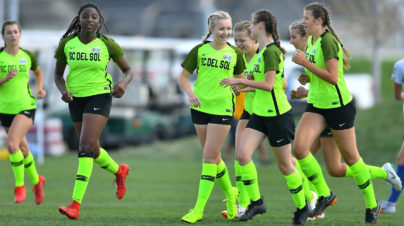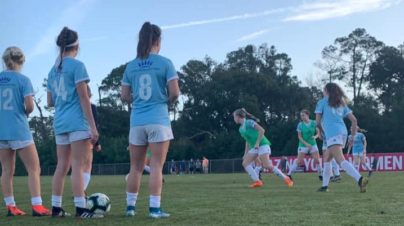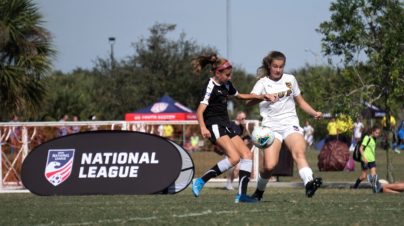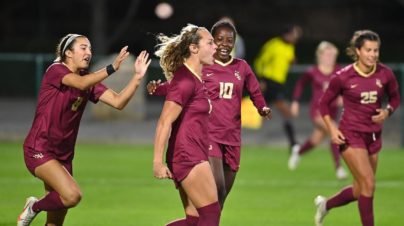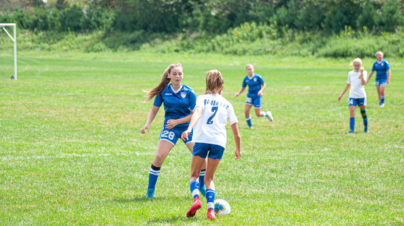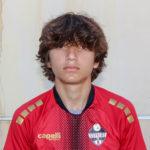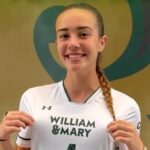Youth soccer clubs get creative as NCAA recruiting dead period rolls on
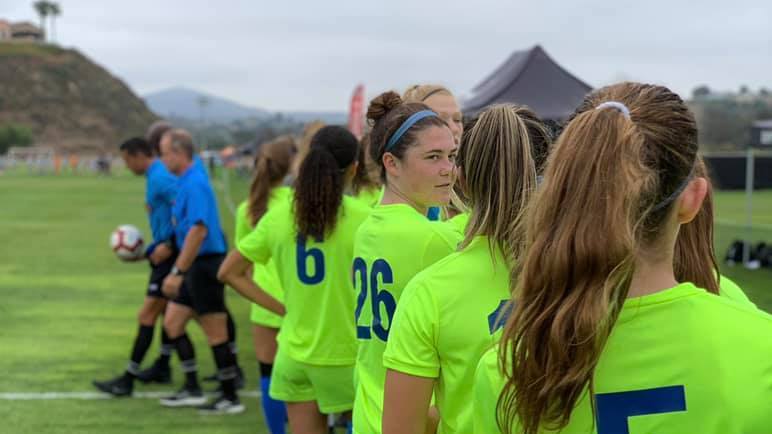
By Adam Schwager
SoccerWire Staff Writer
For years, the NCAA recruitment process has been fairly straightforward for elite youth players and clubs. College coaches and scouts show up to showcases or league games, watch the upcoming generation in action and then make offers to the players they feel will fit in their system.
However, that was before Covid-19 swept through the United States. With limited travel and leagues shutting down across the country, the club-to-college pipeline got turned on its head. NCAA Division I coaches remain unable watch youth soccer in person due to the ongoing recruiting dead period, which will remain in effect through at least the end of 2020.
As the Division I recruiting dead period rolls on with no definite end in sight, youth clubs have started to adapt by embracing technology like never before.
For example, at The St James FC Virginia, club officials have been recording all of their matches using Veo, an AI camera that tracks the action on the field without the need for human operation. The club then uploads all their games via InStat, and shares their recordings with coaches across all levels of college soccer on a weekly basis.
TSJ FC Virginia is also using Google Drive to host a permanent, virtual college showcase where coaches can access player footage at any time. The club has also turned to video calls, not only to help players connect with coaches, but to help club officials communicate important details about the recruiting process with players.
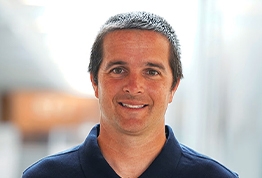 “This period of time has been anything but normal for our players going through the college recruiting process,” Bobby Puppione, TSJ FC Virginia Academy Director told SoccerWire. “I am very proud of the players for being so resilient as they navigate the pathway towards college soccer. They have adapted their process through this time and have still been able to develop strong relationships with schools.”
“This period of time has been anything but normal for our players going through the college recruiting process,” Bobby Puppione, TSJ FC Virginia Academy Director told SoccerWire. “I am very proud of the players for being so resilient as they navigate the pathway towards college soccer. They have adapted their process through this time and have still been able to develop strong relationships with schools.”
As noted, a massive part of TSJ FC Virginia’s successful transition has involved playing new games, and sending the most updated footage to coaches as possible. However, some clubs have not been as fortunate.
For example, in California, the State’s Department of Public Health currently prevents any recreational youth sports when “physical distancing of at least six feet between participants” can be maintained.
[+READ: California’s COVID-19 restrictions force Girls Academy club to move event to Utah]
This means no youth soccer can be played between opposing clubs, and any training has to be done with all players maintaining at least a six feet distance between each other. The lack of true competition presents an even larger obstacle for players trying to get noticed by top-tier college programs.
 “[California clubs] usually attract the majority of college coaches at our games,” Ali Malaekeh, Director of the College Advisory Program with the Southern California Blues told SoccerWire.
“[California clubs] usually attract the majority of college coaches at our games,” Ali Malaekeh, Director of the College Advisory Program with the Southern California Blues told SoccerWire.
With the coaches not coming to the players, Malaekeh has instead been advising players on the best ways to reach out to colleges, which includes taping their training sessions and collecting pre-pandemic footage and sending it to coaches.
Certain clubs, including So Cal Blues, have now been given permission to start playing games out-of-state, and while those games will be recorded and the footage will be available for players to send to coaches, the quality of play could easily suffer due to the lack of quality practice teams are allowed to engage in.
[+READ: ECNL to record and live stream all U16-U19 games at upcoming National Events]
“When we get to start playing full time, there’s definitely going to be a growing phase for our teams,” Malaekeh explained. “We can’t even do 1v1 defending, everything’s got to be physically distanced.”
Not only that, but the team will be traveling to Phoenix to play their games, which is about a five-hour drive. When they arrive, they will be facing opponents who’ve been able to train and play for a couple of months already.
While Malaekeh hopes that most of the rust will be kicked off within about six weeks, the clubs haven’t played any real games since at least March, resulting in players losing up to nine months of high-quality footage at peak recruiting times.
According to Malaekeh, the lack of local California games with coaches present really puts the onus on the players to make the initial point-of-contact and to sell themselves.
“The girls that are driven, and aren’t expecting the easy route, they’re knocking on doors, they’re sending emails, they’re communicating within the grounds of NCAA rules,” he said. “I think the people it’s going to hurt the most, whether it’s in our club or anywhere around the country, are, for lack of a better word, the lazy infielders that expect the ball to be hit at them. All they want to do is just show up to the game and expect that out of those 80 to 120 college coaches that are watching them [are going to send] them emails. Those are the people who are going to finish off feeling the pain more than anyone else at this point.”
Of course, the recruiting world has not stopped and some players have been finding success. Between August 1 and the time of writing, TSJ FC Virginia has had 10 players commit to NCAA programs, including Ashley Rauch, who recently agreed to join Syracuse University’s class of 2025.
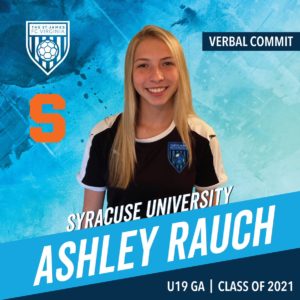 “FC Virginia was one of the first clubs to get creative in supporting their players while they navigated the recruiting process and to support the idea of the Virtual Showcase – sending existing game footage to college coaches so that player evaluations could continue, even though in person games could not,” Rauch said. “At all times the coaches of FCV were there to answer my questions, to bridge communications with coaches and to ensure the recruiting process continued to move forward.”
“FC Virginia was one of the first clubs to get creative in supporting their players while they navigated the recruiting process and to support the idea of the Virtual Showcase – sending existing game footage to college coaches so that player evaluations could continue, even though in person games could not,” Rauch said. “At all times the coaches of FCV were there to answer my questions, to bridge communications with coaches and to ensure the recruiting process continued to move forward.”
While the process is difficult, and has scaling levels of difficulty depending on what state you reside in, it can be important to remember that all players and all coaches are going through the same challenges during these unusual times.
“It’s usually a stressor when [the players] are just thinking about themselves,” Malaekeh said. “But when they realize, in essence, everybody in the country is in the same boat, the stress level diminishes a little just a little bit, and then it’s just a matter of us educating them what the most effective way is to get yourself seen with college coaches right now.”
The good news for aspiring college soccer players is that there is no dead period for in person recruiting for most levels outside of Division I. In total, 70% of all college programs are still evaluating players for the class of 2021, according to the Girls Academy:

